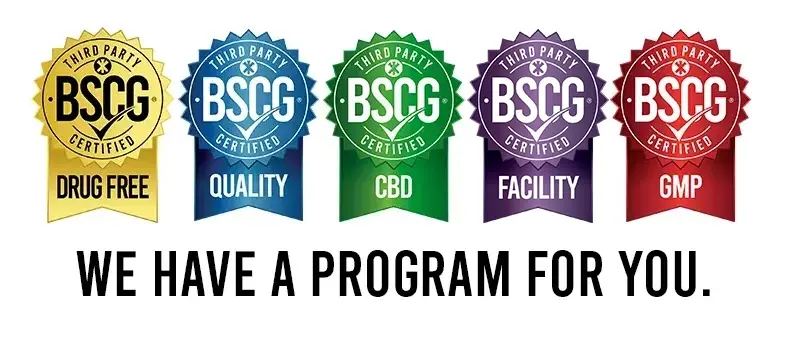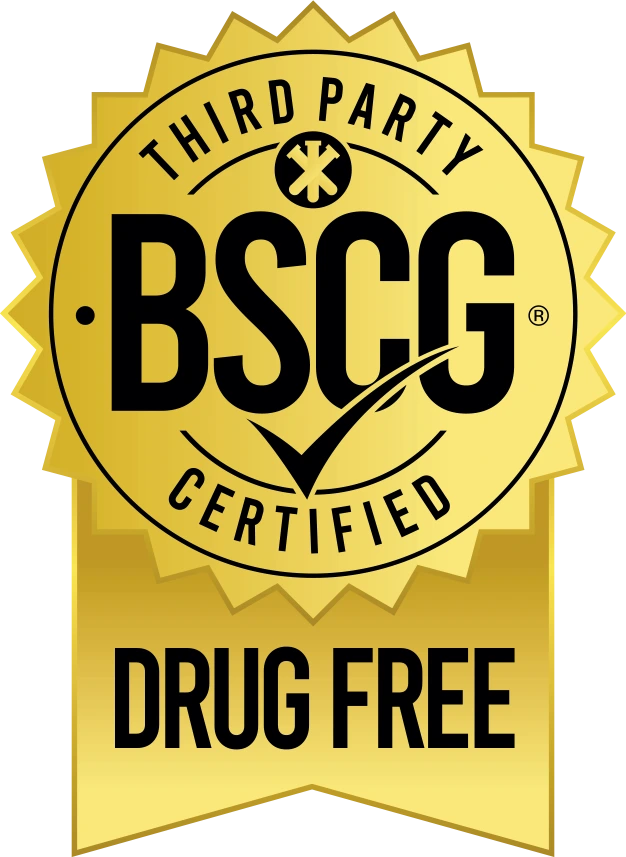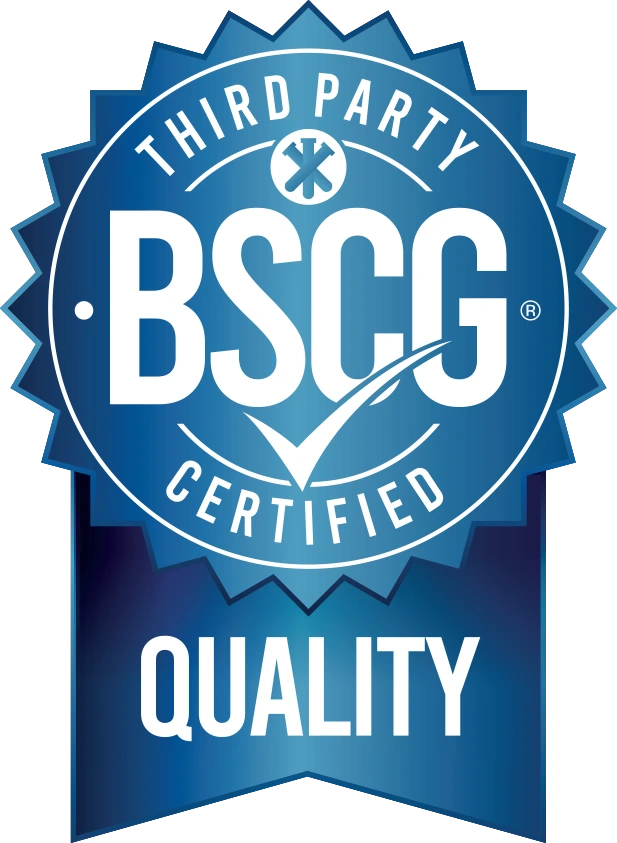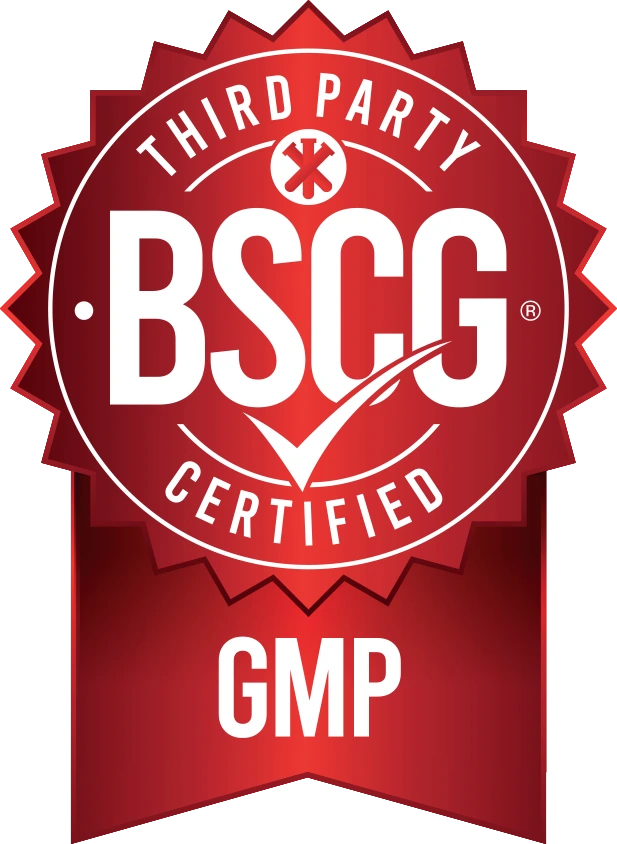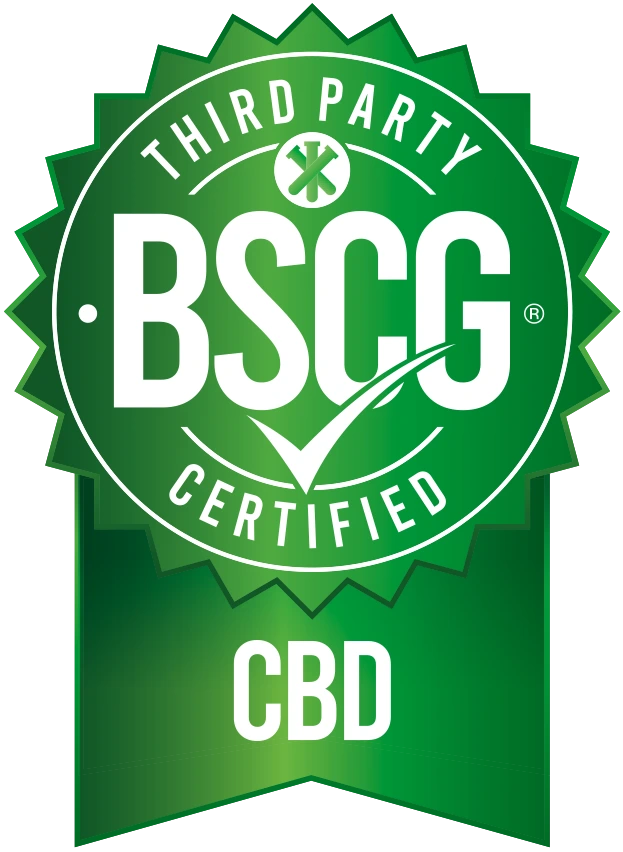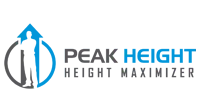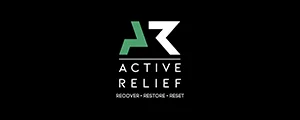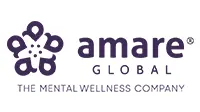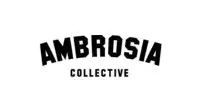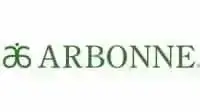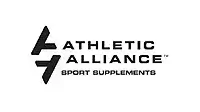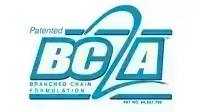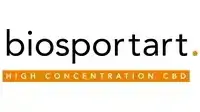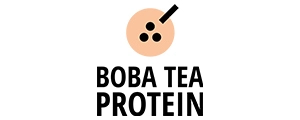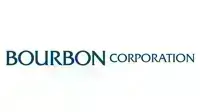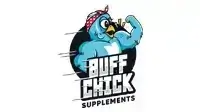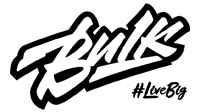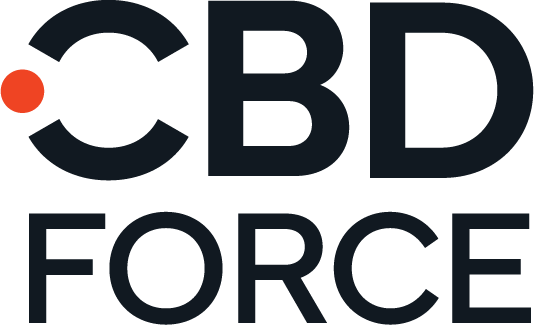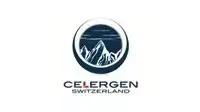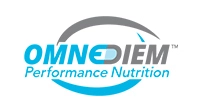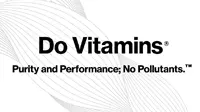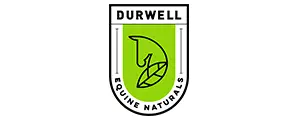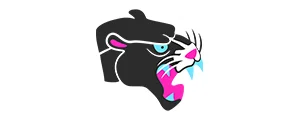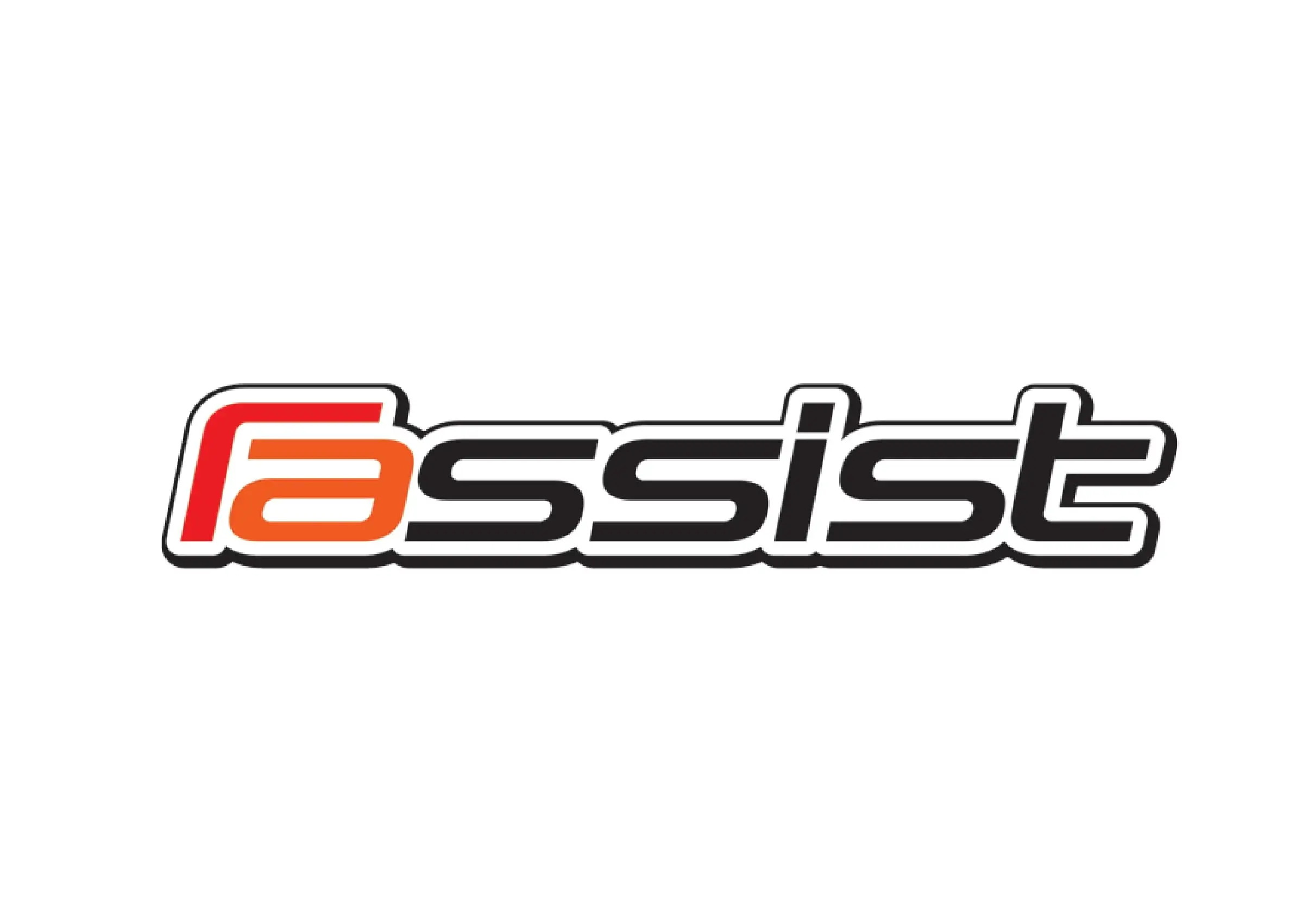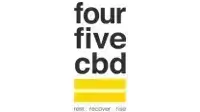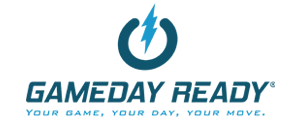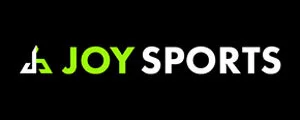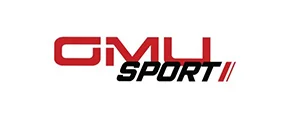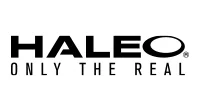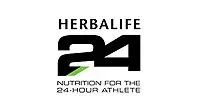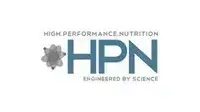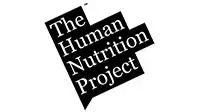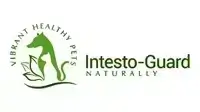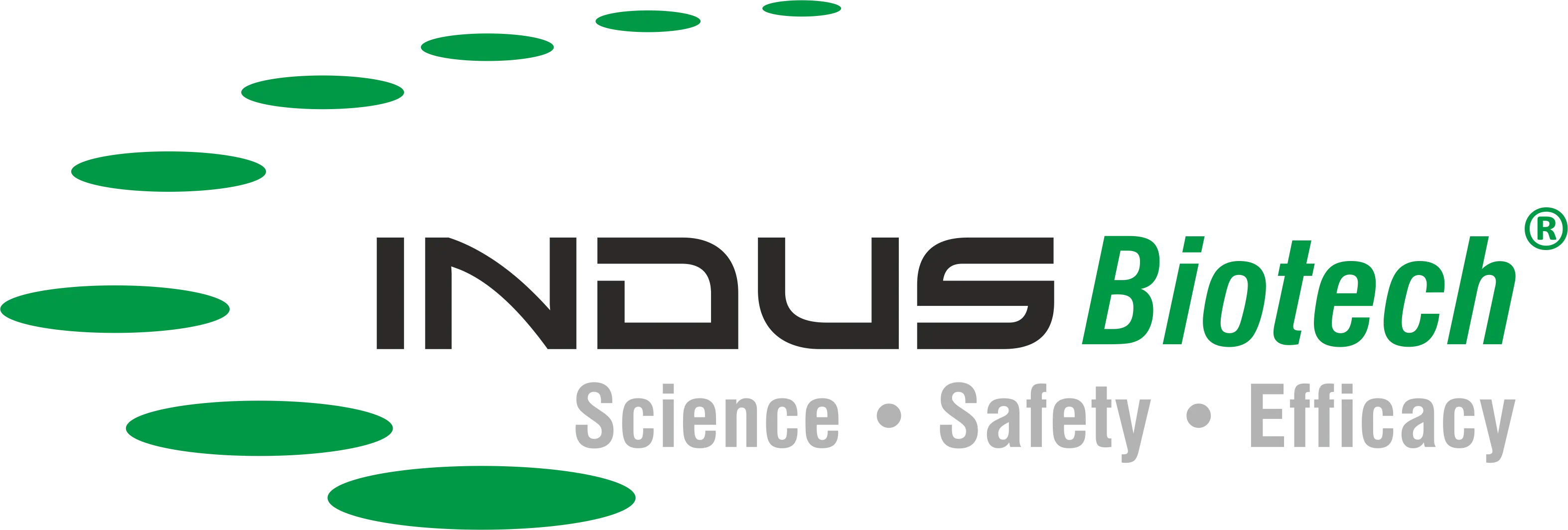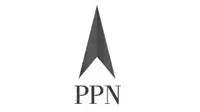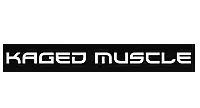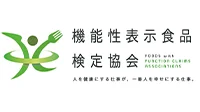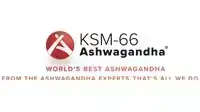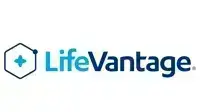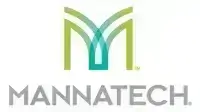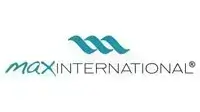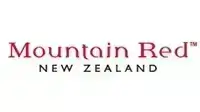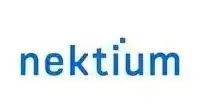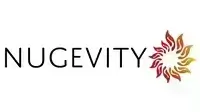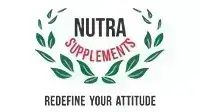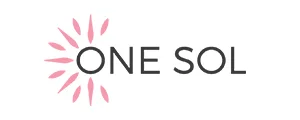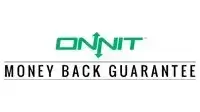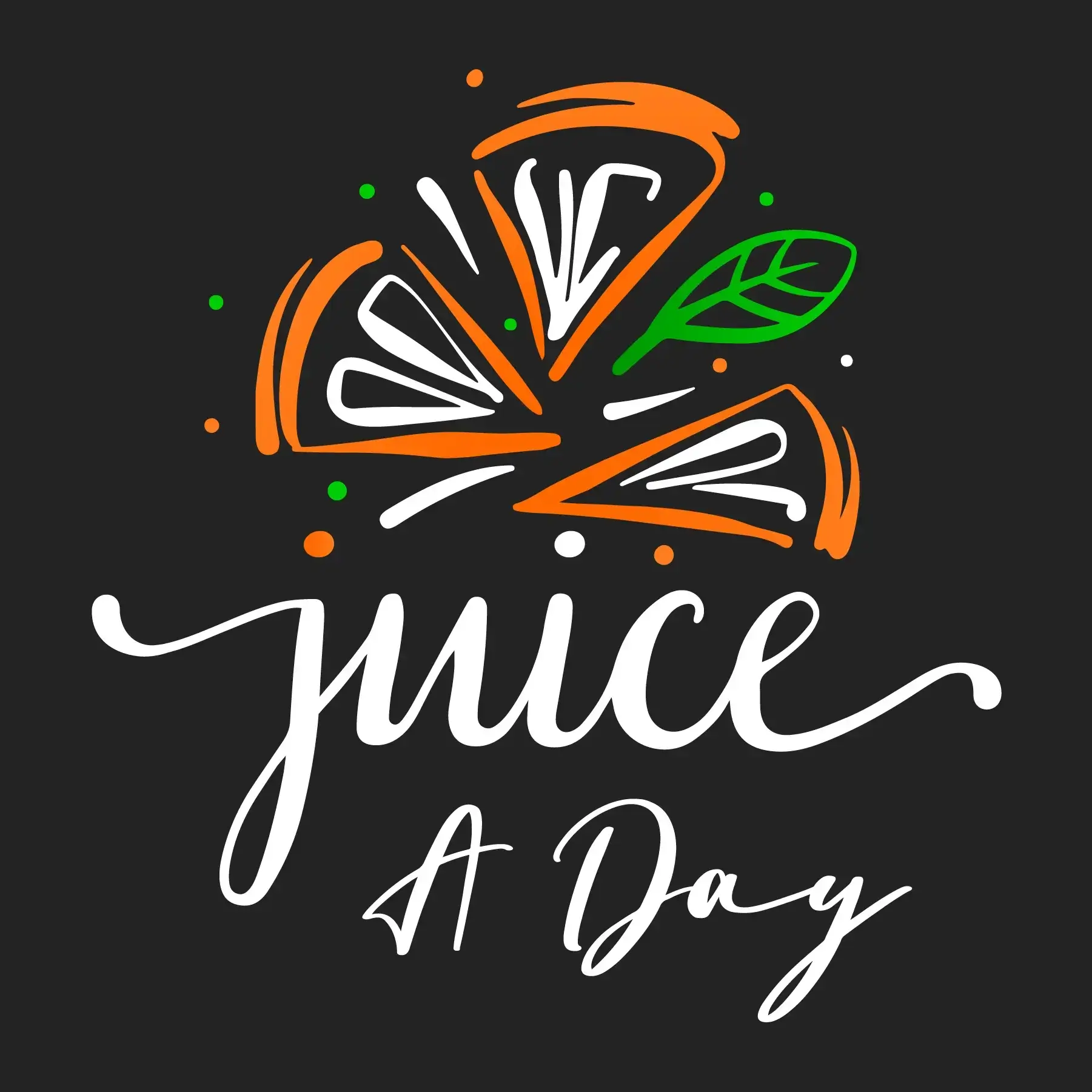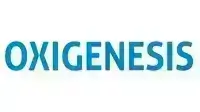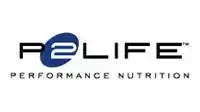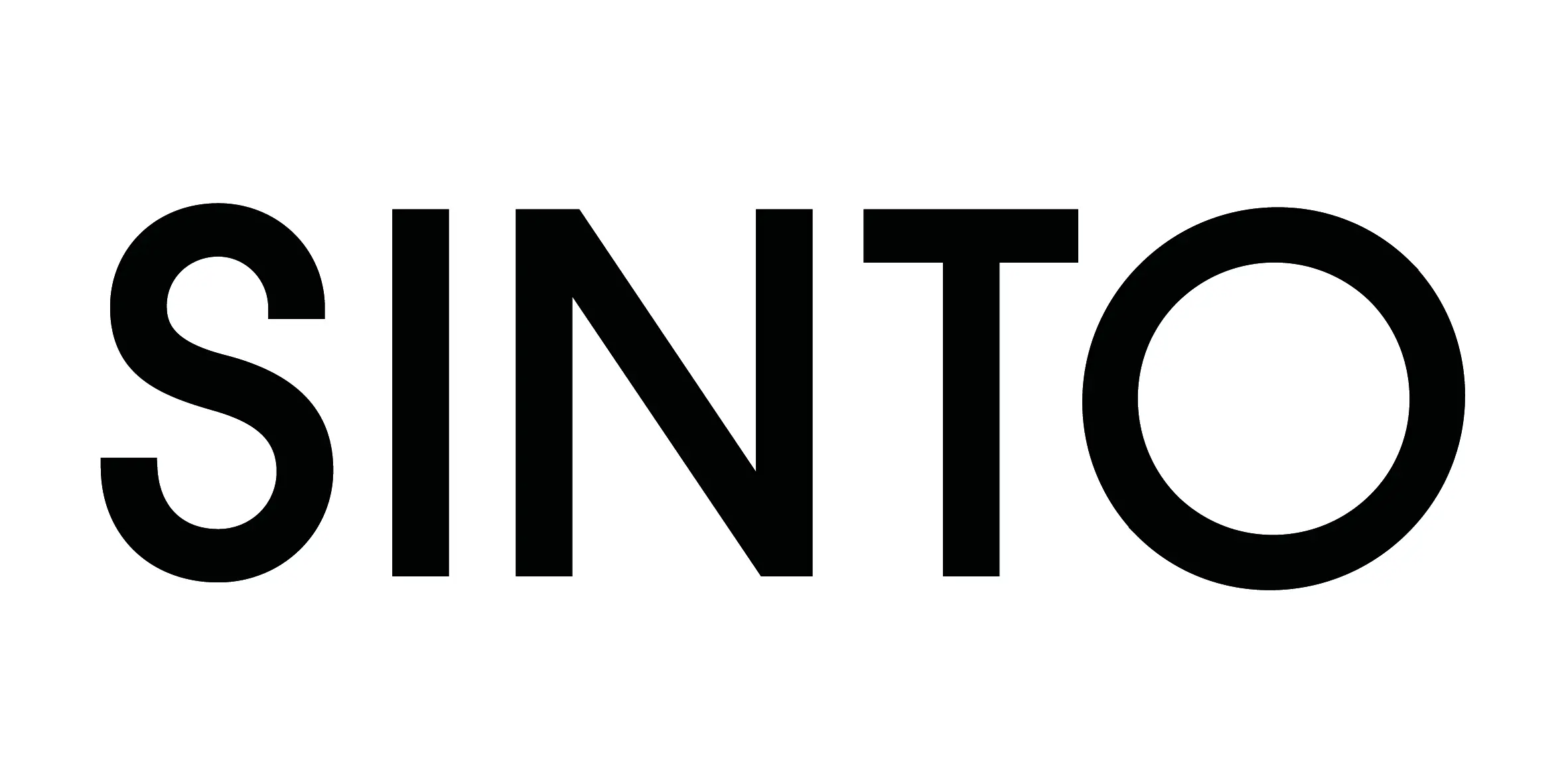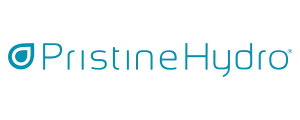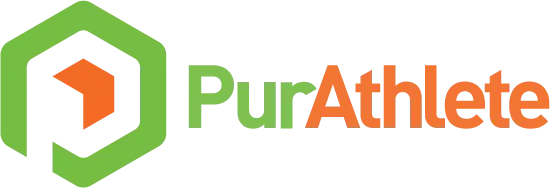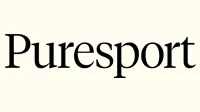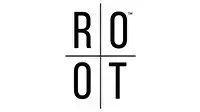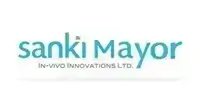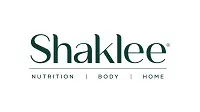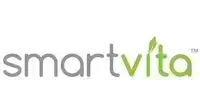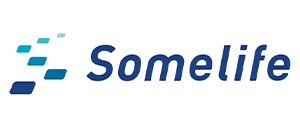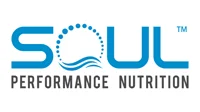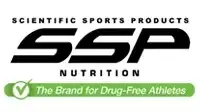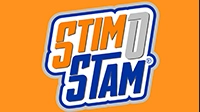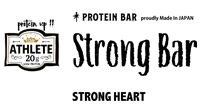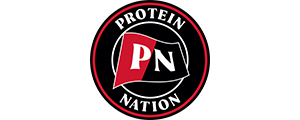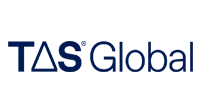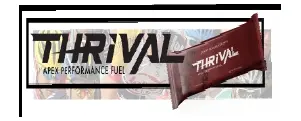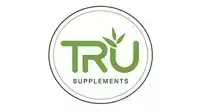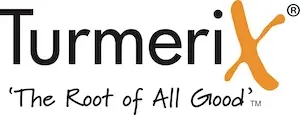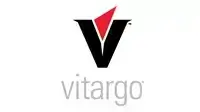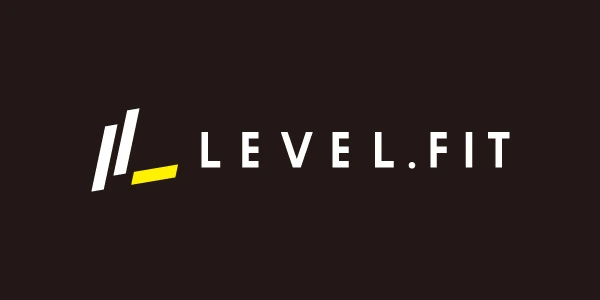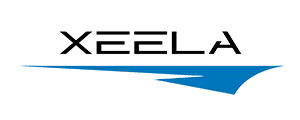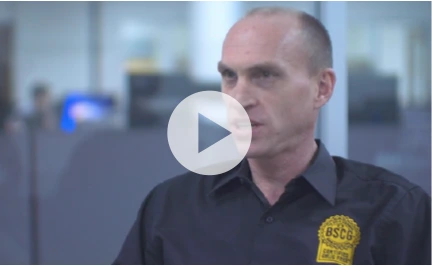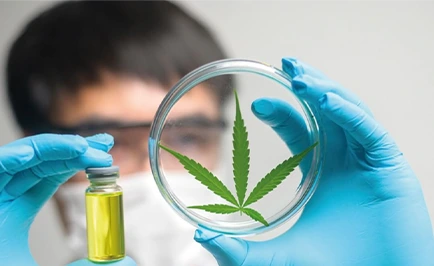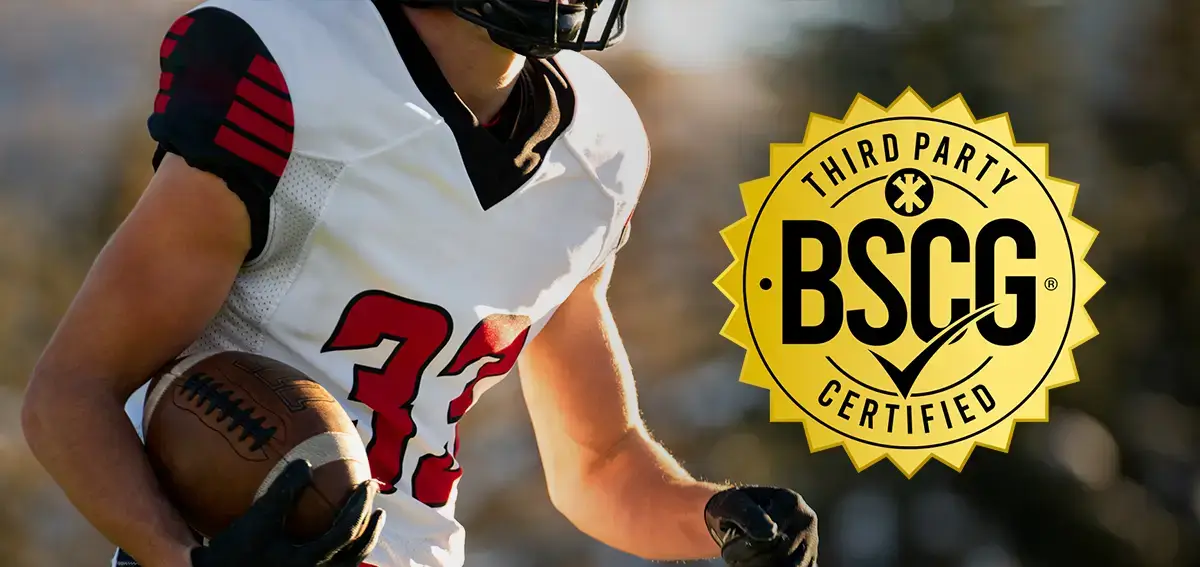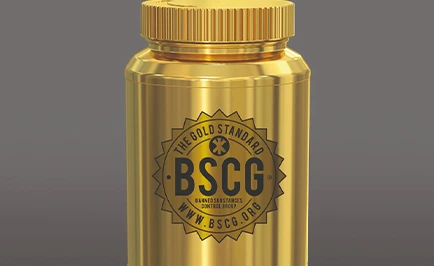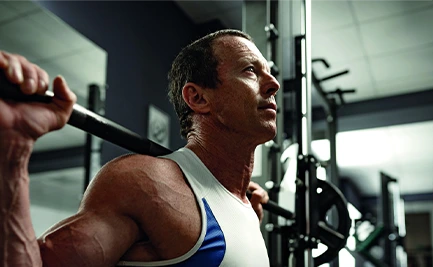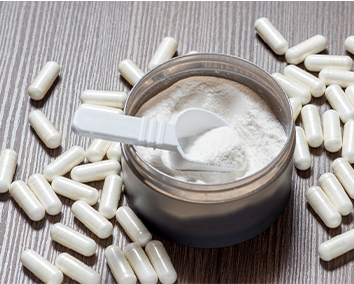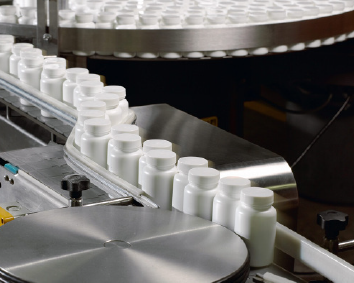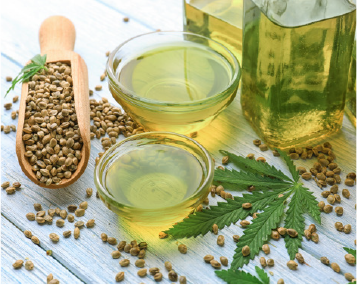How Ultra-Sensitive Drug Tests Are Failing Clean Athletes
May 27, 2025
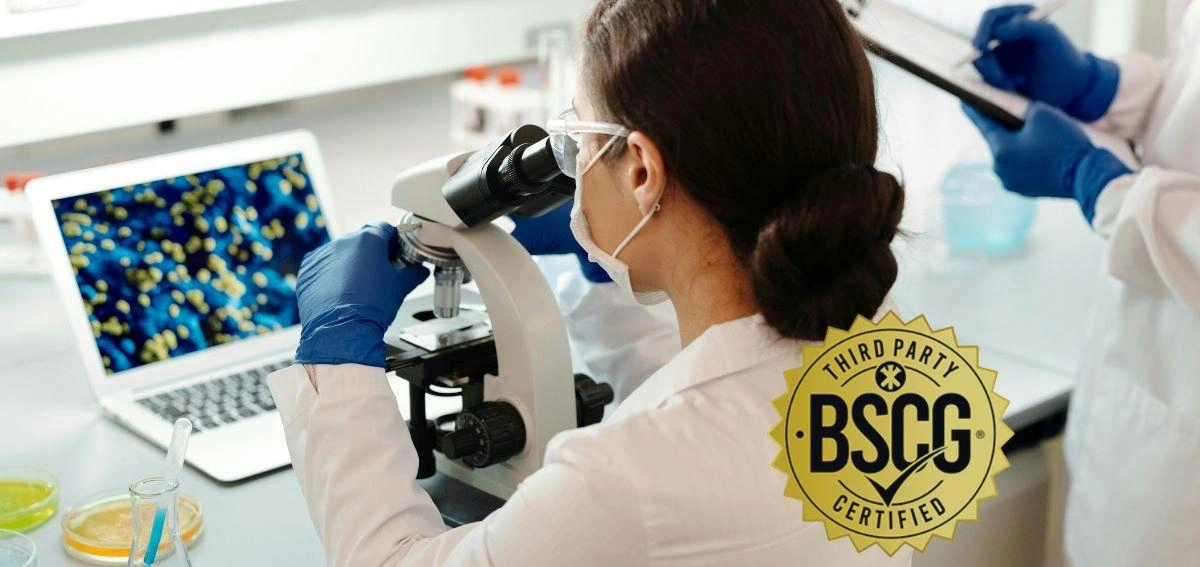
How Ultra-Sensitive Drug Tests Are Failing Clean Athletes
BSCG (Banned Substances Control Group) is a leading international third-party certification and testing provider offering a complete suite of industry-leading programs and compliance services to brands, manufacturers, and ingredient suppliers in the dietary supplement, food and drink, sports nutrition, CBD, and natural product industries. In sports, the goal of anti-doping is simple: protect the integrity of competition and the health of athletes. But as drug testing methods become more advanced, a new problem has emerged — innocent athletes are increasingly being caught in the crosshairs.
Today, laboratories can detect substances at levels as low as 5 parts per trillion, a thousand times more sensitive than a few decades ago. While this has been a powerful tool in identifying intentional dopers and expanding the window of detection, it has also opened the door to a troubling rise in inadvertent positive tests caused by accidental exposure or trace contamination. When the concept of strict liability was originally applied to drug testing years ago, labs were not able to detect down to 5 parts per trillion, so if something showed up, it was probably there for a reason.
Now, the tiniest trace of a banned substance, possibly from shared sports equipment, contaminated supplements, food, or medicine, or even casual human contact, can trigger a positive test. Some experts believe a new approach is needed to protect innocent athletes: expanded use of Minimum Reporting Levels (MRL), a threshold below which a substance wouldn’t automatically be flagged as a violation. Oliver Catlin, co-founder and president of BSCG, explores the idea of applying an MRL of 0.2 ng/mL (200 parts per trillion) to a wider array of substances on the World Anti-Doping Agency (WADA) Prohibited List. The goal is to better distinguish between deliberate doping and unintentional exposure, ultimately making the anti-doping system fairer and effective.
Serving Up a Doping Scandal
The sport of tennis suffered from an ongoing doping scandal for nearly all of 2024, thanks to inadvertent positive drug tests for #1 male and #2 female players. Jannik Sinner tested positive twice for 0.121 and 0.122 ng/ml of clostebol that came from an Italian medical spray containing 5 mg/ml of clostebol acetate, which his physiotherapist used to treat a cut before treating Sinner.
“Even if the administration had been intentional, the minute amounts likely to have been administered would not have had any relevant doping, or performance-enhancing, effect upon the player,” Renowned anti-doping expert, Professor David Cowan of King’s College London, a consultant in the case, said.
After more than a year of debate that tore the sport apart, Sinner was banned for three months, missing several ATP Tour tournaments, including the Qatar Open, the Indian Wells Masters, the Miami Masters, the Monte Carlo Masters, and the Madrid Open. In August 2024, tennis player Iga Swiatek tested positive for 0.05 ng/ml of trimetazidine found in her urine. Swiatek discovered the positive test came from contaminated melatonin tablets from Poland, which she was taking for sleep issues and jet lag. Swiatek received a one-month suspension and missed the WTA 500 Hana Bank Korea Open. Both are now labeled as dopers.
Testing Has Become Increasingly Sensitive
These real-world examples show the utility of a proposed MRL of 0.2 ng/mL. Both players would have been protected under this guideline, sparing many resources and pain. In both situations, there were recent negative tests before and after the positive ones, reinforcing an inadvertent conclusion. Both athletes had resources to investigate their cases and were able to trace the source, something not all athletes or drug-tested professionals can afford to do.
“Inadvertent contamination may seem like an excuse, but to those who are victims of it, the issue is all too real,” Catlin said. “BSCG is proud to not only offer third-party certification programs that offer industry-leading protection against banned substance contamination, but we also try to look for new solutions to the contamination concern that is plaguing the anti-doping system and harming innocent athletes at an unacceptable rate.”
The use of MRLs in sports drug testing has an inherent weakness in that they can't definitively prove an athlete's intent to dope. No MRL is perfect. Some purposeful dopers may stay below the limit, and some clean athletes may test above it. However, they provide a scientifically informed threshold to help reduce inadvertent positives without compromising the system’s ability to catch intentional dopers.
Changing Times
At a time when some anti-doping program administrators say that 40-60% of positives are inadvertent, and when a recent compilation of 50 dietary supplement surveys found that 28% of 3,132 supplements reviewed posed a potential risk of unintentional doping, a new approach is perhaps warranted. Due to inconsistent metabolism and limited research, MRLs are inherently imperfect and somewhat arbitrary, yet necessary. Given the increasing number of sources causing unintentional positives, Catlin believes expanding MRLs for more substances on the WADA Prohibited List is justified.
“Ultimately, I believe that expanded use of MRLs would strike a needed balance between fairness and enforcement, and a conservative approach like this could help protect innocent athletes while still preserving the integrity of anti-doping efforts,” Catlin said. “In situations where inadvertent use is established as a no fault or no significant, these cases should be called ‘Inadvertent’ to distinguish accidental and purposeful dopers in the eyes of public opinion.
